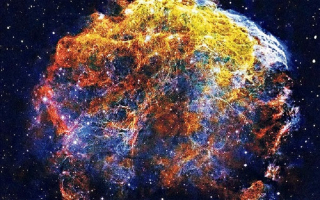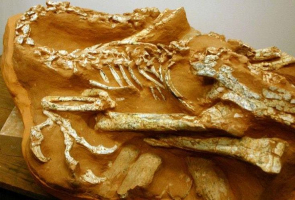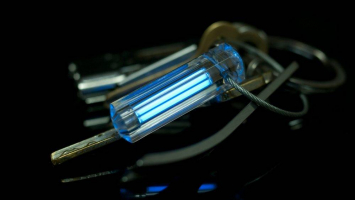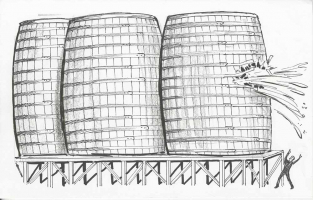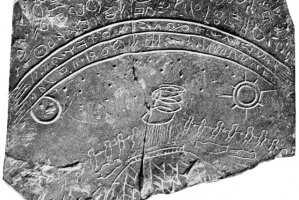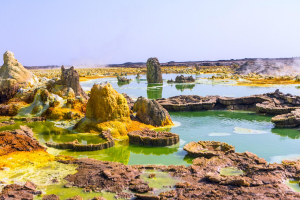Top 10 Most Bizarre Elements
118 chemical elements are present in solids, liquids, and gases. Some of them are so rare or hazardous that we will never encounter them in our lifetimes. ... read more...Others are so typical that we hardly give them any thought at all. But some of the components of our reality have characteristics that are much stranger than most people would ever anticipate.
-
For a strangely huge number of reasons, it's difficult not to think of copernicium as one of the strangest substances in the entire planet. Copernicium was originally synthesized in 1996 and has only ever existed in a lab, to name a few. Its half-life is around 29 seconds. It has only ever been present in exceedingly minute amounts. Although not verified, it is thought to be a metal. It is also assumed that, at room temperature, it would either be a gas or a volatile liquid. That much strangeness in one ingredient is a lot.
We're not exaggerating when we claim that it was only present in trace amounts. It was initially made by bombarding lead-208 with zinc-70 nuclei. Thus, copernicium was created in a single atom. We don't know whether it is a metal or a gas at room temperature in part because of this. It's difficult to determine from one atom. The atom disintegrated relatively instantly.
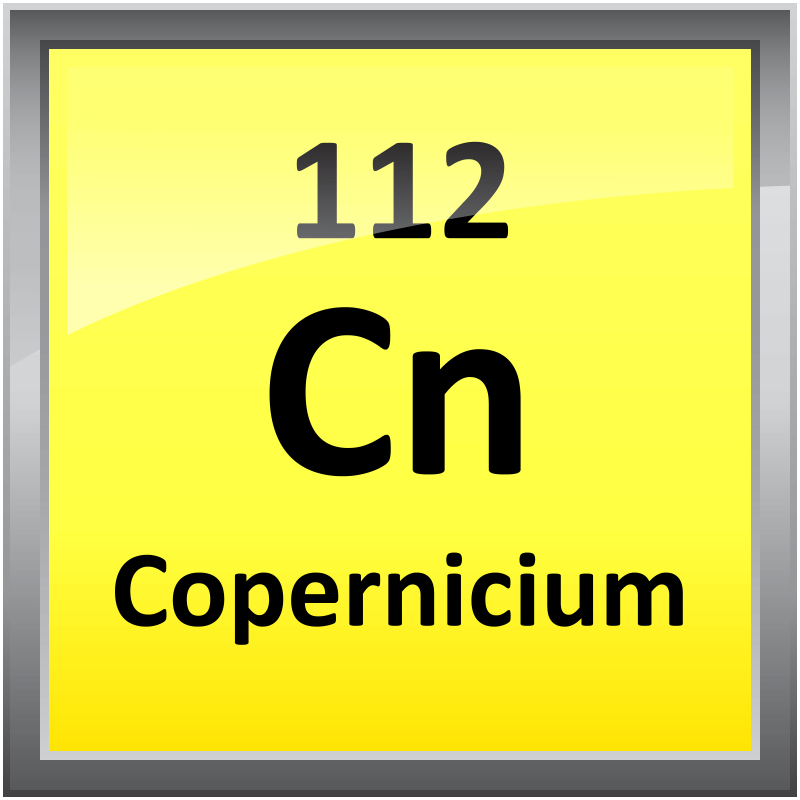
http://sciencenotes.org/ 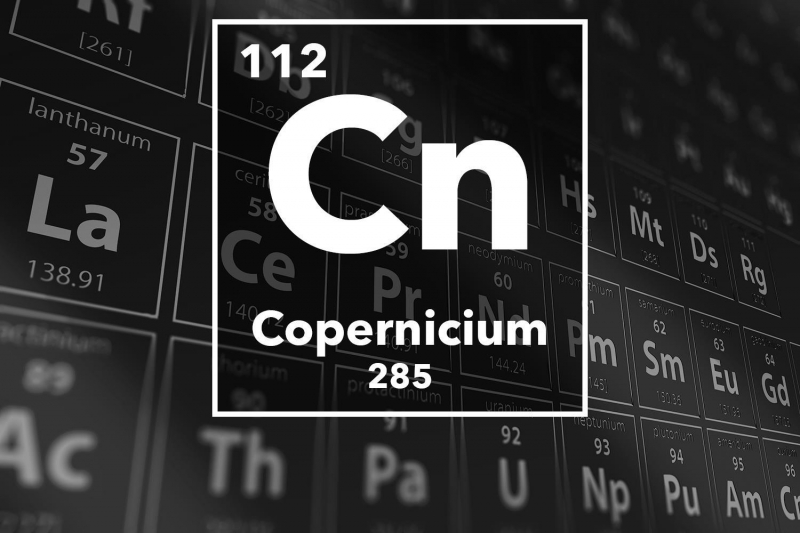
https://www.chemistryworld.com/ -
Antimony is one of the few elements that can tell a story. None of the things this element has seen were positive. Antimony is a metallic, silvery-gray element that is employed in batteries and electronics today. They once employed it in cosmetics. However, it also had a terrible use that was frequently used. A traditional laxative was antimony. It was also reusable.
Many health problems were attributed to imbalances in the Middle Ages. Many problems started with too much phlegm or blood. You needed to get rid of any negative humors you might have. You had to cleanse yourself as a result. the laxative containing antimony.
Antimony is fairly poisonous, thus it does not agree at all with the human body. It is therefore quite effective in that regard. Your guts will make a quick effort to extract antimony from them. An antimony pill was taken and sent on a wonderful voyage through your intestines in an effort to eliminate these nasty humors.
It survived that mystical quest largely undamaged, since it was metal. People at the time would simply hunt it down and scrub it off, so they could use it again later since they were thrifty. Because of the principle of "waste not, want not," it is said that one pill would be taken by an entire family and passed down down the centuries.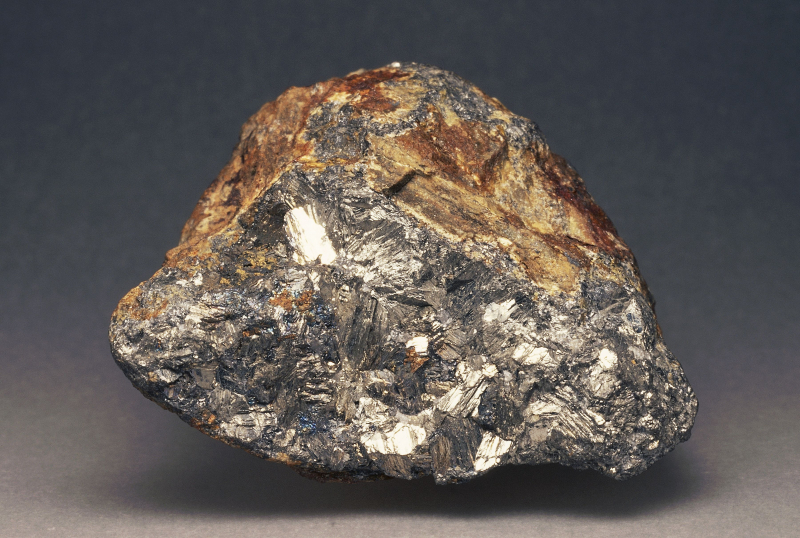
https://www.thoughtco.com/ 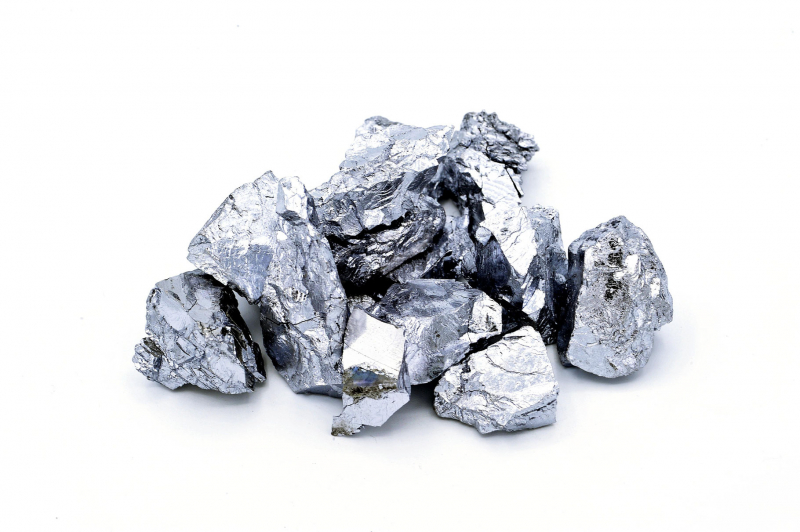
https://www.novaelements.com -
It should not be surprising that curium is radioactive as it is named after Marie Curie. The radioactivity of this material is what is unexpected. Curium glows purple when the lights are turned off. If you try to immerse it, water will begin to boil. It emits radiation in the forms of alpha, beta, and gamma, making it a serious concern to have around. Because of this, it is infrequently intentionally created, and when it is, it is done under controlled laboratory settings.
Curium can be created in a nuclear reactor by hitting plutonium with uranium. Therefore, it's not a mistake you're likely to commit. There are roughly 20 different curium isotopes, some of which have millions of years for their half-lives. It is actually the most radioactive element that science has so far been able to isolate.
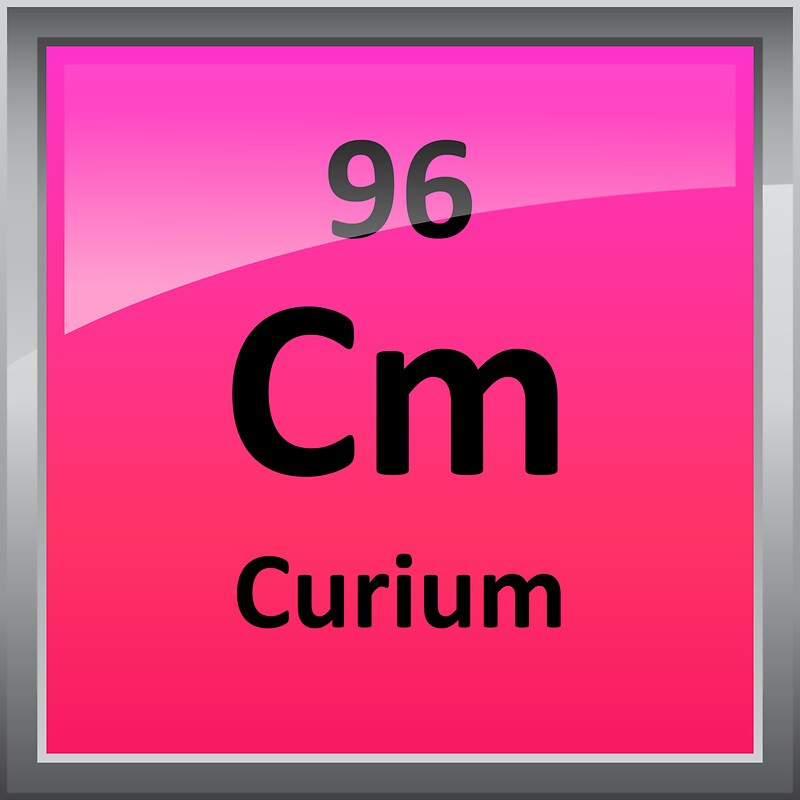
https://www.redbubble.com/ 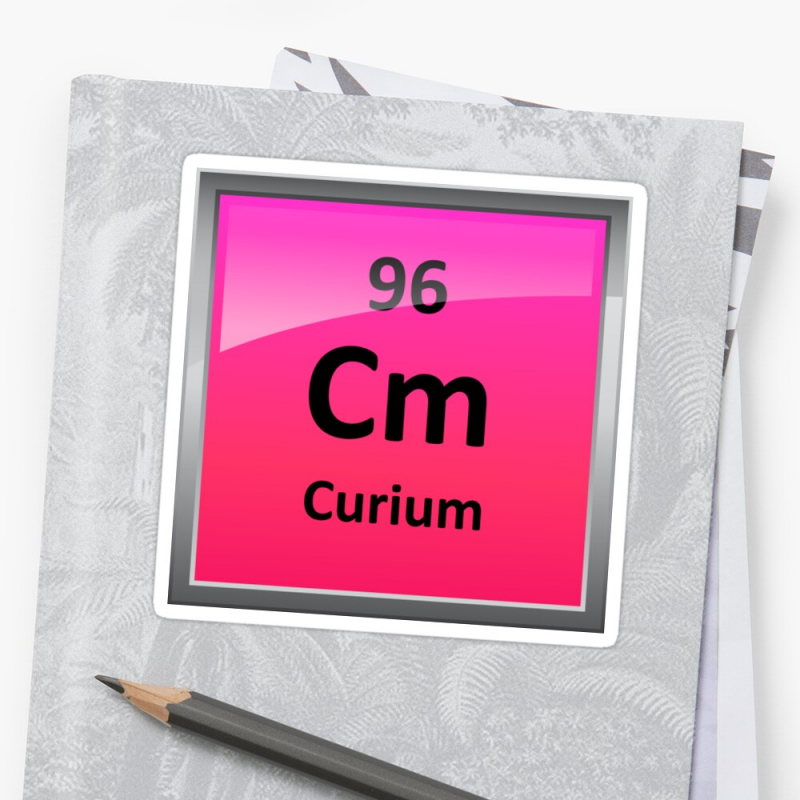
https://www.redbubble.com/ -
The fact that gold and platinum are exceptionally resistant to corrosion is one of the reasons they have been prized for so long. While copper and iron will eventually lose their luster, gold and platinum can do so for an extended period of time. It will take some effort, but you can destroy those metals. You can watch it at work by pouring some boiling nitric acid [HNO3] and hydrochloric acid [HCl] on either one. What happens if you treat iridium the same way? Nothing at all.
Even though iridium is one of the world's rarest elements, it has one of the highest corrosion resistance rates. Almost nothing can penetrate it. Iridium is unaffected by things that would turn other metals into a puddle of bubbling goo. This is partly because of its extraordinary density. It is the densest element, second only to osmium. But it's quite rare because we can only make a few tons of it every year. It also has the advantage of being implicated in the meteor that killed out the dinosaurs, according to evidence.
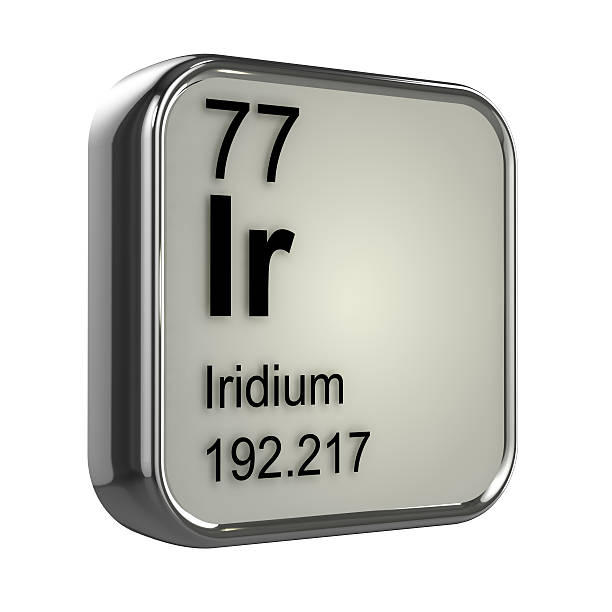
https://www.istockphoto.com/ 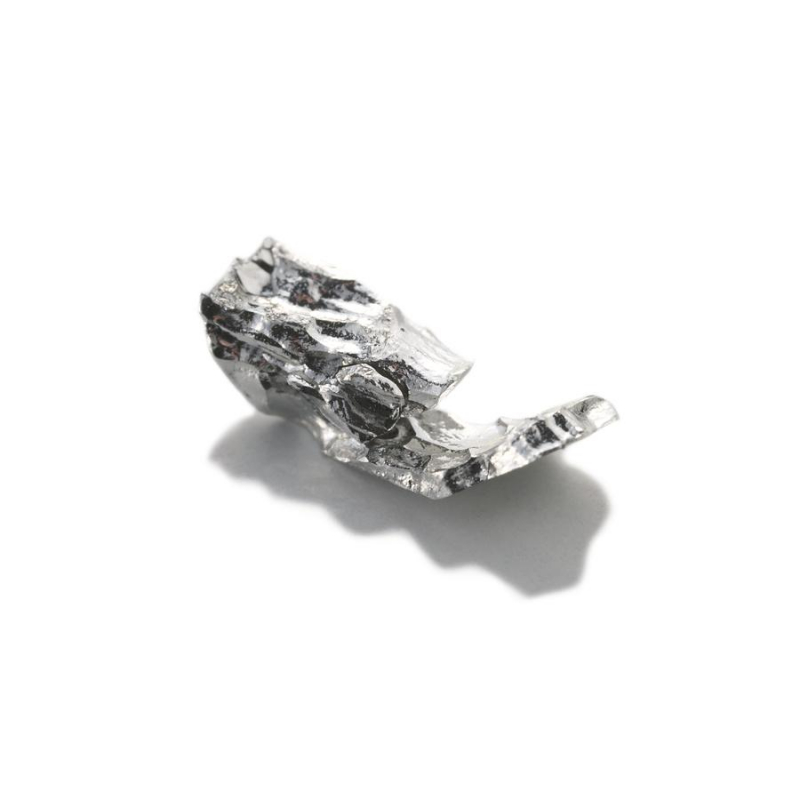
https://fineartamerica.com/ -
You have probably seen samples of bismuth if you have ever visited a gem and mineral show. It produces brightly colored metallic crystalline structures that resemble an oil slick. The name of some over-the-counter medicines, such as Pepto Bismol, may also be familiar to you. The prefix "bis" refers to bismuth.
The intriguing manner that bismuth interacts with magnets is less well understood. You are aware that iron is a magnetic metal and that a magnet will adhere to it easily. Opposite of that is bismuth. Although it is diamagnetic, this does not imply that it is not magnetic.
Instead of having no reaction like copper might, it repels magnets by producing an opposing magnetic field. A magnet will truly levitate if two pieces of bismuth are placed together with one magnet in the middle. If you ever want to try it out, it's a very cool phenomena and makes for a fun party trick.
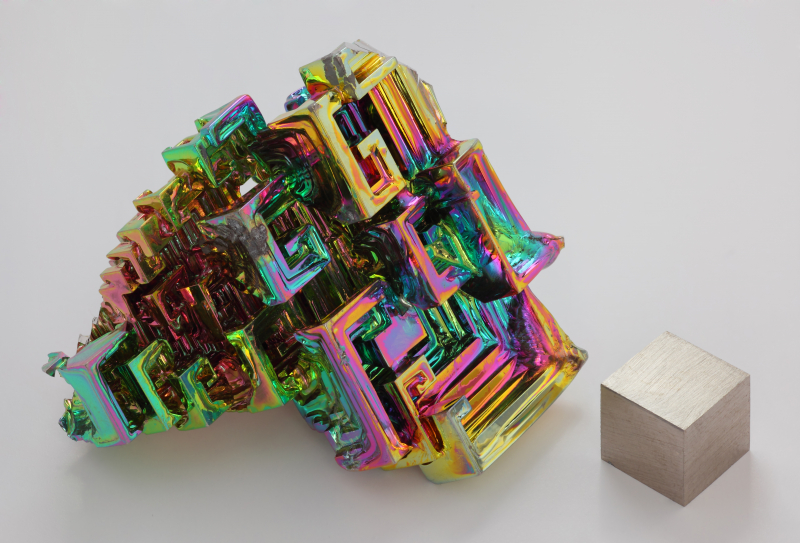
https://en.wikipedia.org 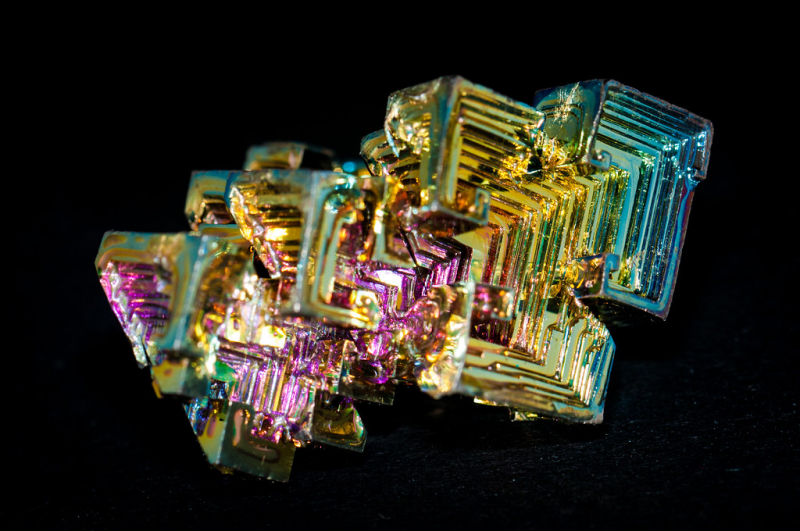
https://www.flickr.com -
There is more to krypton gas than just its catchy name, which has nothing to do with Superman. It's also a pretty cunning little tool that the modern world employs for espionage in ways that the majority of us would never think about.
Krypton exists in the atmosphere as a gas. It doesn't last forever—its halflife is around 10.7 years—but it does so for long enough for you to acquire a sense of how much should always be in the air. And early on in the nuclear arms race, we discovered something crucial about krypton. It is a nuclear reactor byproduct.
The American government was able to use krypton as a sign that North Korea was working on nuclear weapons in the early 2000s. After the Second World War, they had employed this very same strategy. Americans were able to assess the levels of krypton in the atmosphere around the world and conclude that there was an excess of it by accounting for their own krypton production. That was able to inform them of the Russians' nuclear weapons development and even provided them with a general notion of how successful they were.

https://heartcloser.blogspot.com 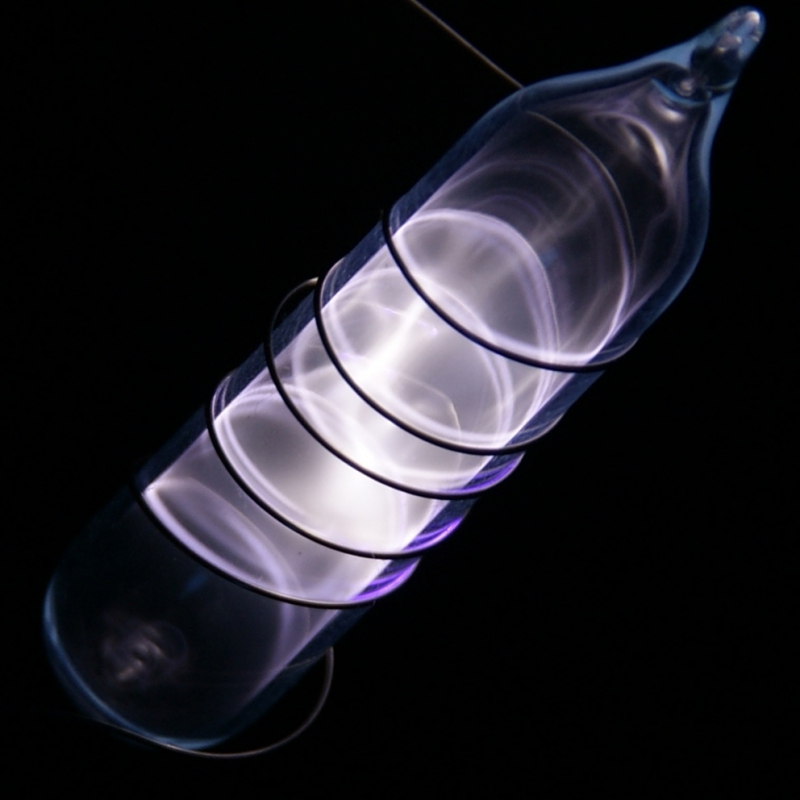
https://www.newtondesk.com/ -
Gallium was the element that was most likely intended for magic tricks. Gallium is a solid, much like chocolate, despite the fact that it seems to be any other silvery metal at ambient temperature. Once it starts to warm up, everything is over. Just below 30 degrees Celsius, or a warm summer day but not scorching, is the melting point of gallium. You may liquefy the metal in your palm since your body temperature is 37 degrees Celsius. YouTube movies showing people stirring boiling liquid with gallium spoons that instantly melt away have been produced as a result of this.
Despite having a low melting point, gallium won't boil until it reaches a temperature of 2,229 °C. Because of this, high temperature thermometers can really benefit from it. It's one of those peculiar substances that has no function at all in biology. Absolutely no plant or animal life need it. Nevertheless, it can be helpful because it appears to be effective in battling some cancers.
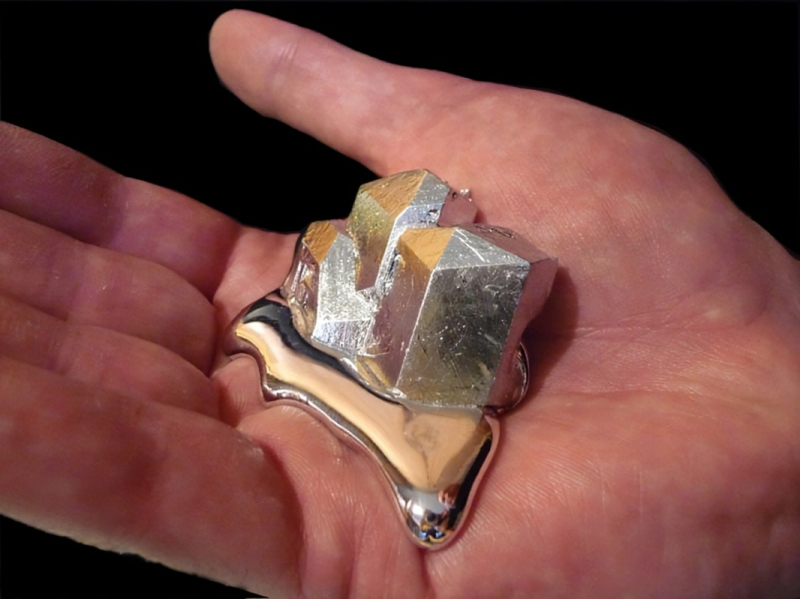
https://sites.psu.edu/ 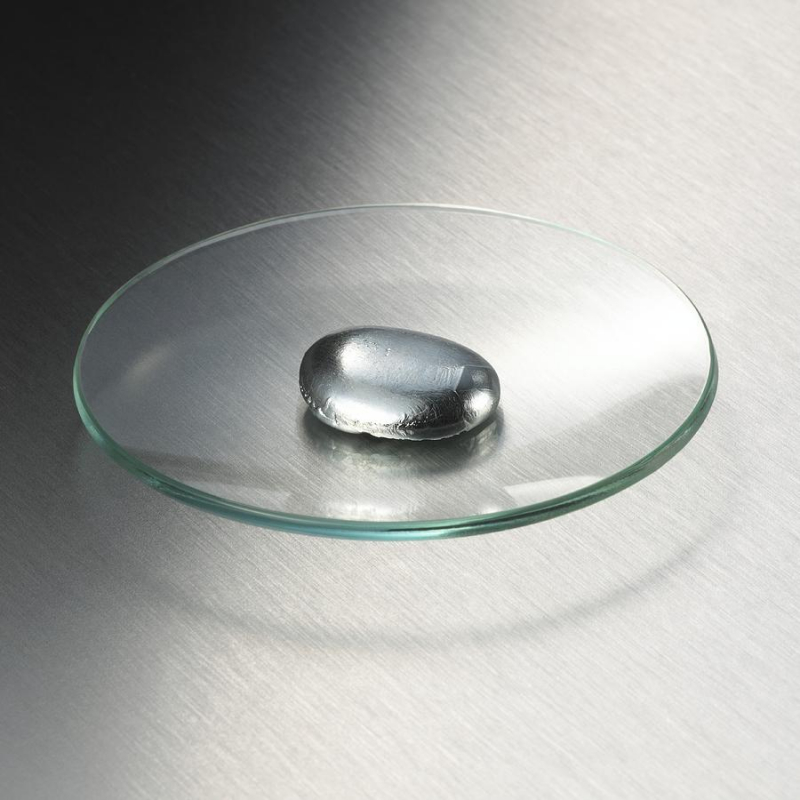
https://fineartamerica.com -
Phosphorus is one of the oddest elements due to its peculiar dual nature. Your body needs phosphorous to function properly. White phosphorus will catch fire if you allow it to get close to body temperature, though.
Because white phosphorus truly shines, the word "phosphorus" is derived from the Greek for "bearer of light." However, if you get it too warm, it will catch fire. That implies that every chunk you have will explode. This is why it works well in explosives and fireworks. Phosphorus is essential if you want to create a weapon that can truly scorch the ground. In several wars, weapons like phosphorous grenades have been utilized. They can be used to create enormous smoke bombs, or they can burn so hot that they exhaust all the oxygen in a place, suffocating anybody inside even if they are not burned.
Despite the element's destructive nature, it can be found in your DNA. It is necessary for healthy bones and muscles. However, exposure to pure phosphorus can be seriously harmful. Phossy Jaw is a disorder that occasionally affected people who used to work in match manufacturers. As phosphorous accumulated in the victims' bodies, they slowly developed fatal abnormalities in their jaw bones. Additionally, their gums would shine at night.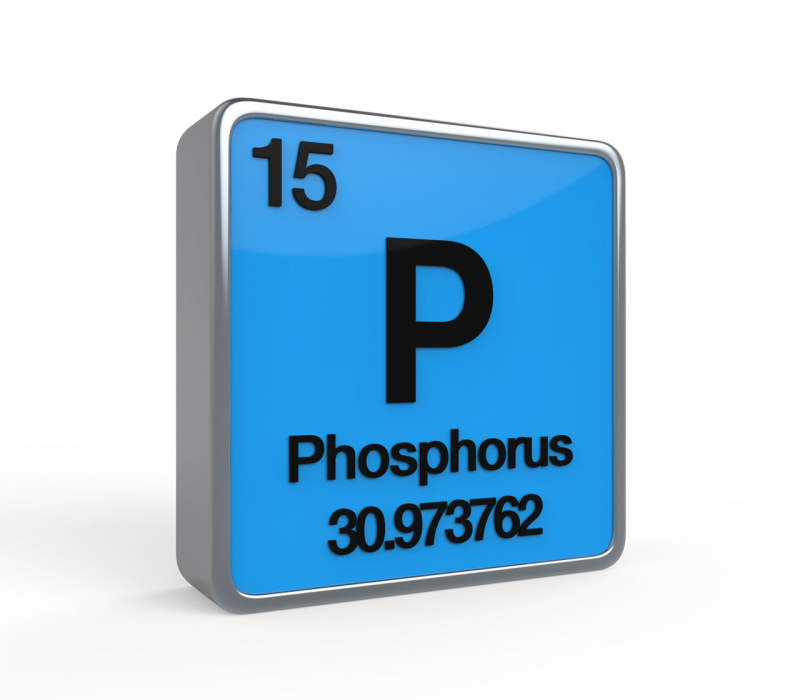
https://sciencestruck.com/ 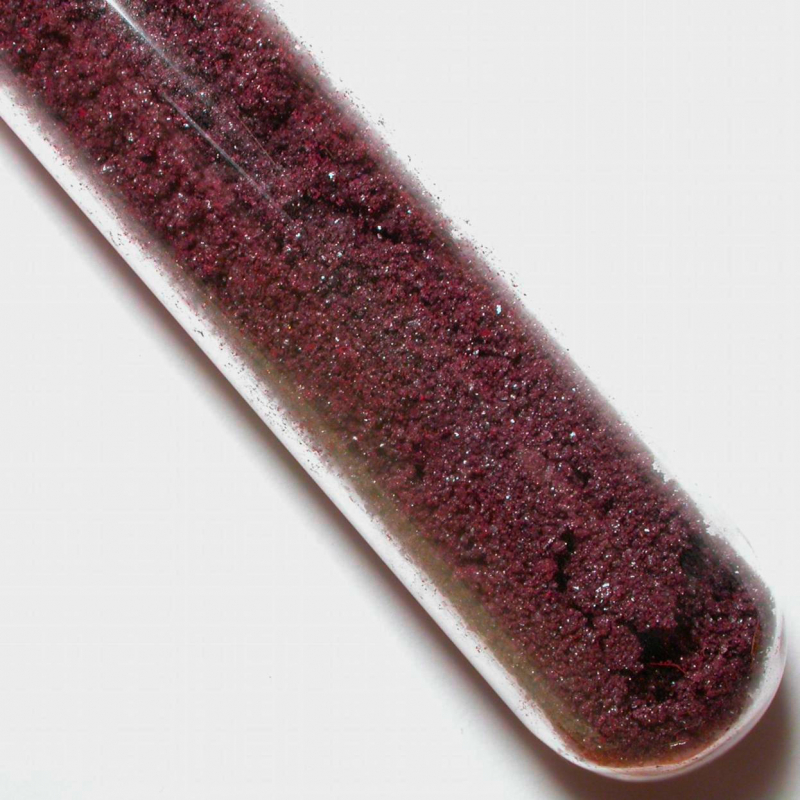
http://theodoregray.com/ -
If your car has mag wheels, they are made of a magnesium alloy and not only look excellent. Don't worry if you don't have mag wheels; magnesium is abundant in your body. Approximately 300 metabolic processes that constantly take place in our bodies use magnesium. Magnesium is necessary for the healthy functioning of your heart, bones, nerves, blood sugar, heart, and immune system. Even plants require it. Every chlorophyll molecule, which enables photosynthesis in plants, is composed primarily of magnesium. It's cool, then, no?
Magnesium burns in air extraordinarily quickly. The metal will ignite with the addition of a flame. You'll regret trying to put it out with water if it gets out of control. Magnesium will react with the water to produce hydrogen gas, which will only intensify the burning of the magnesium. Magnesium will continue to burn even in the absence of oxygen. Sanding it down is your only chance to put it out.
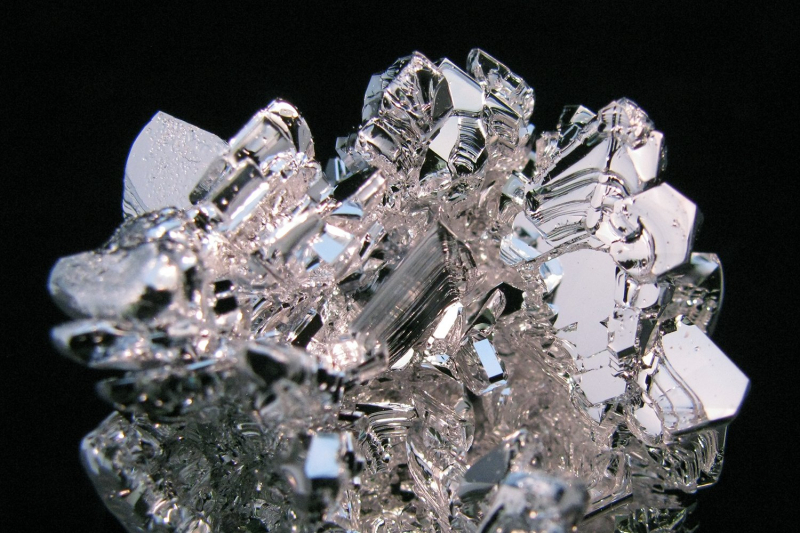
https://www.techexplorist.com/ 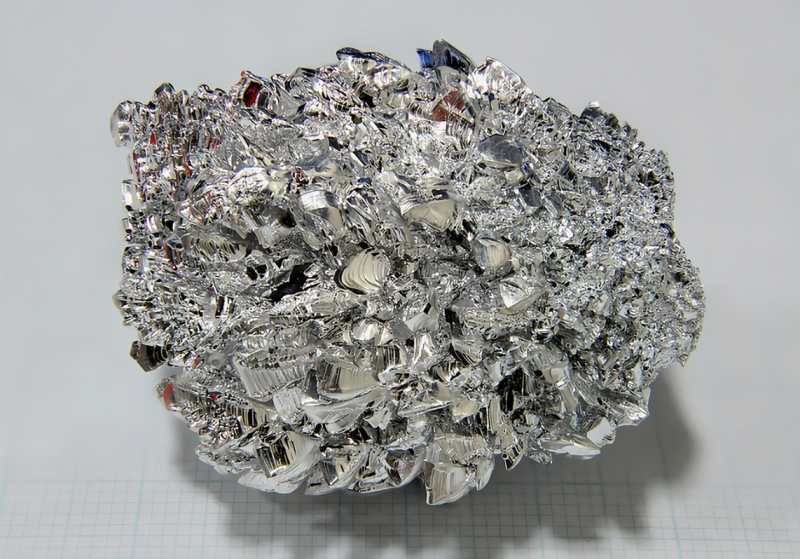
http://www.newcyprusmagazine.com/ -
Everyone takes fluoride in toothpaste and drinking water for granted. There is nothing wrong with fluoride, right? Unless you believe in conspiracies, that is. And some of that has to do with the way fluorine works. It can be dangerous because this is the periodic table's most reactive element. When fluorine gas is exposed to most metals and even water, it produces an incredibly intense flame.
Fluorine only gets along quite well with four other elements. You get hydrofluoric acid if you expose it to hydrogen. That is very difficult to keep because, in contrast to many acids, it will dissolve glass. Even diamonds can be harmed by fluorine.
Fluorine interacts to everything, so it doesn't appear in nature in its pure form. It must be purified from other substances instead. The abundance of fluorine on Earth is maybe one of its strangest properties. It forms in the stars in roughly 400 parts per billion, making it the 13th most frequent element in the Earth's crust yet nearly unheard of in the rest of the cosmos.
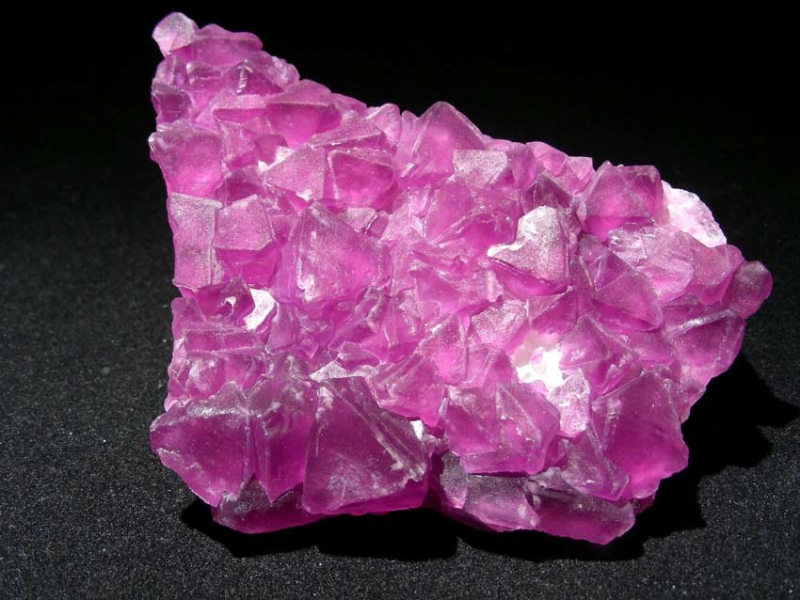
http://commons.wikimedia.org/ 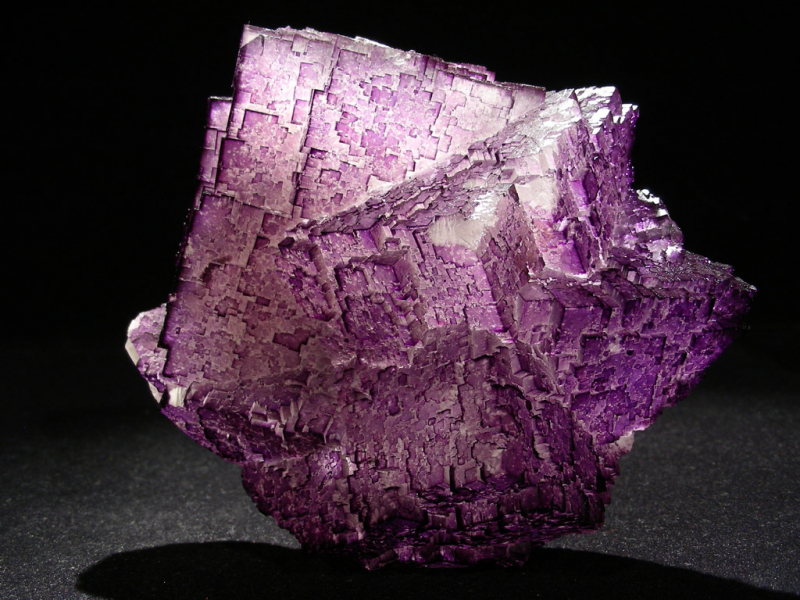
http://buychemicalelement.blogspot.com












